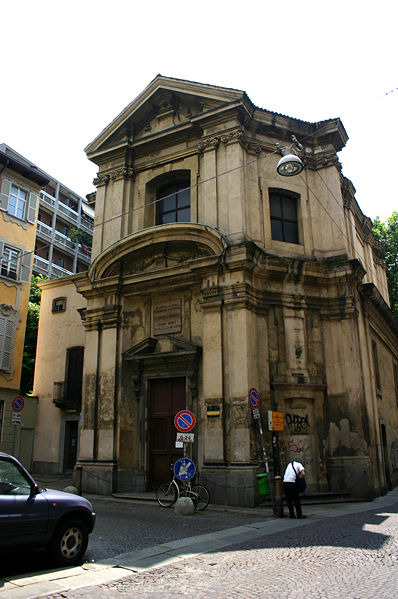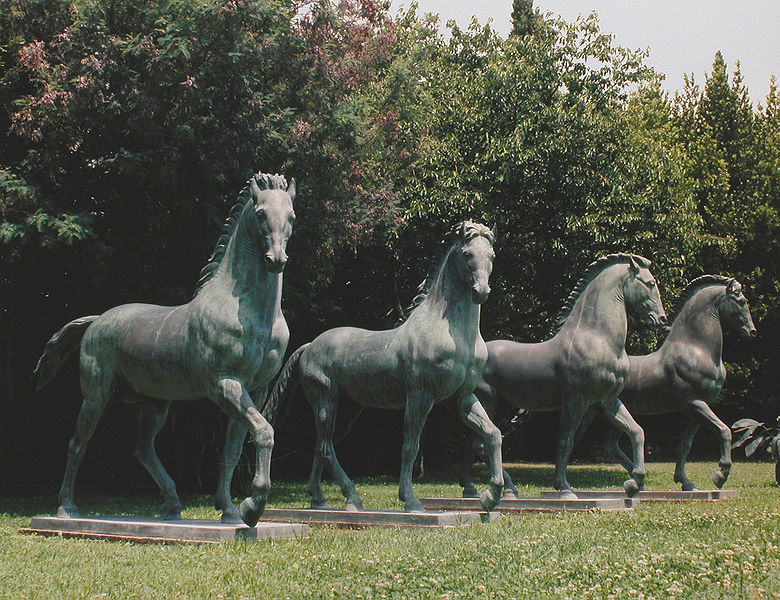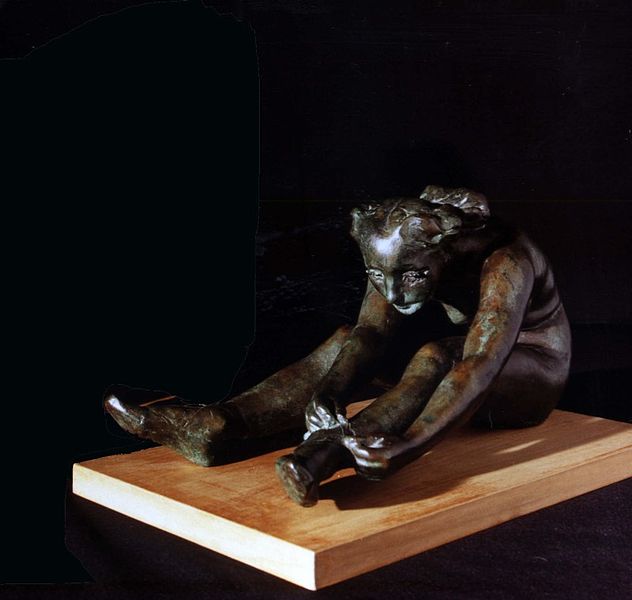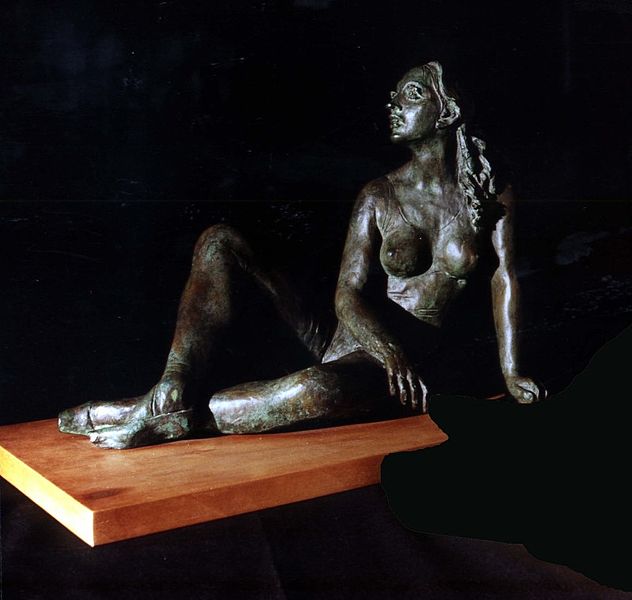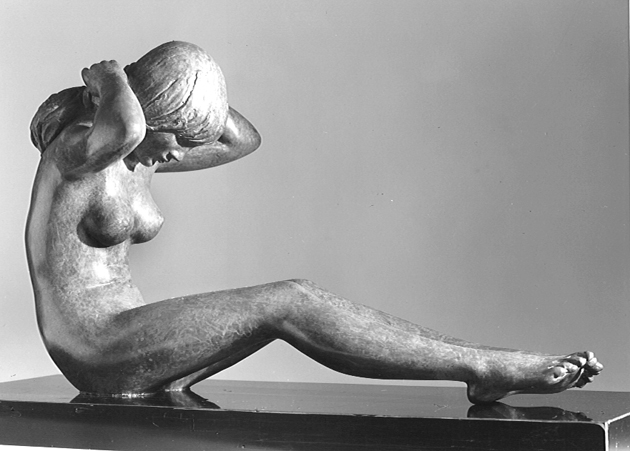<Back to Index>
- Mathematician Emil Grosswald, 1912
- Sculptor Francesco Messina, 1900
- General of the Soviet Army Valentin Ivanovich Varennikov, 1923
PAGE SPONSOR
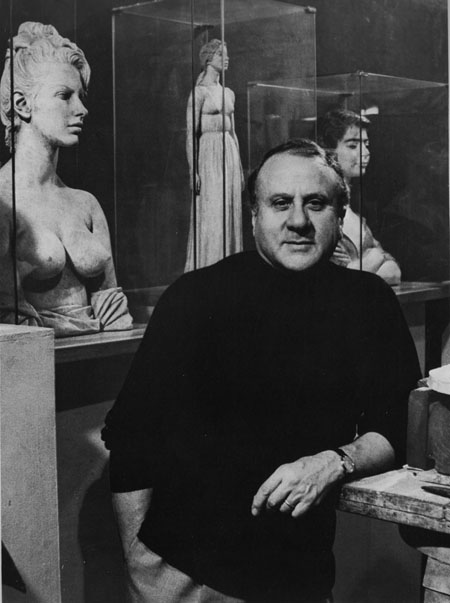
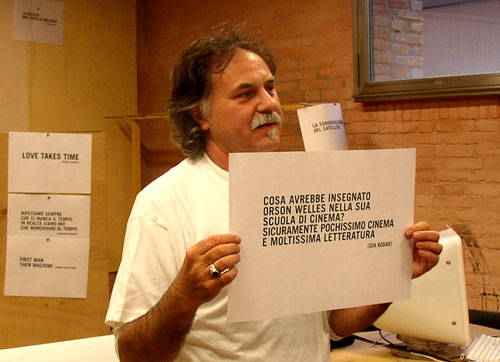
Francesco Messina (born 15 December 1900), was an one of the most renowned Italian sculptors of the 20th century.
Francesco Messina was born at Linguaglossa in the Province of Catania from a very poor family. Growing up in Genoa where he also studied and lived until he was 32, he then moved to Milan.
Art historians consider him one of the most important figurative sculptors of Novecento, together with Giacomo Manzù, Arturo Martini, Marino Marini. He is the author of some of the greatest works of the Novecento Italiano and his sculptures are displayed in the most famous museums, among which: Berne, Zurich, Goteborg, Oslo, Munich, Paris, Barcelona, Berlin, São Paulo, Buenos Aires, Venice, Moscow, Saint Petersburg, Vienna, Washington, Tokyo.
From 1922 he began exhibiting his work regularly at the Biennale Internazionale d'Arte in Venice and between 1926 and 1929 he took part in the expos organized by the art group Novecento Italiano in Milan. In 1932 he moved to Milan, where in 1934 he obtained a tenured professorship 1934 in Sculpture at the Accademia di Belle Arti di Brera, of which he became the director within two years.
During those years, about him wrote Carlo Carrà:
Francesco Messina's sculpture is characterized by a simple and grandiose manner, by an idealistic and classic procedure, able to give life to forms which become "ideal images".
In the 1930s Messina exhibited at important collective expos of Italian art in Barcelona, Berlin, Berne, Goteborg, Munich, Oslo, Paris, São Paulo, Zurich, while executing various sculptures in many Italian cities. In 1936 he was appointed director of the Accademia di Brera, which position he would keep until 1944.
In 1938 Giorgio de Chirico in Rome, and Salvatore Quasimodo in Turin presented two personal exhibitions of Messina's work. In 1942 he won the Sculpture Prize at the XXIII Biennale Internazionale d’arte of Venice, where he exhibited fifteen sculptures and seventeen drawings.
In 1943 Messina was appointed Academic Emeritus of Italy. On the collapse of the fascist regime, he was temporarily dismissed from the academy, only because he had been its director during the fascist period. However, by 1947 he had already regained his professorship. In the same period the artist took part in the Graphic & Sculpture Expo at Buenos Aires, in the Muller Gallery, achieving a noticeable success. In 1949 he exhibited at the 3rd Sculpture International held by the Philadelphia Museum of Art in Philadelphia, Pennsylvania, together with Marino Marini and Picasso.
In 1956 he participated with a personal exhibition at the XXVIII Biennale di Venezia. In 1963 he produced the great monument to Pius XII for St. Peter's Basilica in the Vatican, as well as the bust of Pietro Mascagni for the Teatro alla Scala. In the same year he was awarded the Michelangelo Prize for Sculpture in Florence.
In 1966 Messina was commissioned by Italian RAI to create the Cavallo morente (Dying Horse), which will became the Italian national TV logo, placed at the entrance of the RAI Building in Rome. In 1968 he sculpted the monument to Pius XI for the Milan Cathedral. In the 1970s the Vatican assigned him the Sala Borgia of the Vatican Gallery Paulus VI, dedicated to modern sacred art, as his permanent exhibition of twenty sculptures with a sacred theme.
In 1974 the City of Milan opened the Civico Museo - Studio Francesco Messina in the ancient former church of "San Sisto al Carrobbio". This would remain the artist's permanent and official studio until his death, also hosting ca. eighty sculptures (gessos, polychrome terracottas, bronzes, waxes) and thirty graphic works (lithographies, pastels, acquarellos, pencil drawings) donated to the Comune di Milano.
In 1978 Messina attended two important exhibitions in the Soviet Union at the Pushkin Museum of Moscow and at the Hermitage of Saint Petersburg, both of which opened dedicated sections of his sculptures, with ca. 80 pieces on display. In 1981, in the former church of Saint Francis in Pordenone, an exhibition was held of his unpublished drawings, and in the same period a sculpture display at the Palazzo Flangini - Biglia of Sacile. Between1984 and 1986, his sculptures were exhibited at the Theseus Tempel of Vienna, at the Hirshhorn Museum of Washington and the Gallery Universe of Tokyo.
Until his death in Milan in 1995,
Messina continued his work of sculpting and painting and, assisted by his
daughter Paola, amended and proofread the numerous biographies
dedicated to him all over the world.
- Prize for Sculpture in 1942 at the Biennale Internazionale d'Arte of Venice
- Honorary citizen of the City of Milan from 1975. In 1979 the State Pinakothek of Munich organized a comprehensive Messina exhibition of his sculptures and graphic art.
- Honoris causa academic of the Fine Arts Academy of the Soviet Union from 1988 and Honorary Academic from 1990
